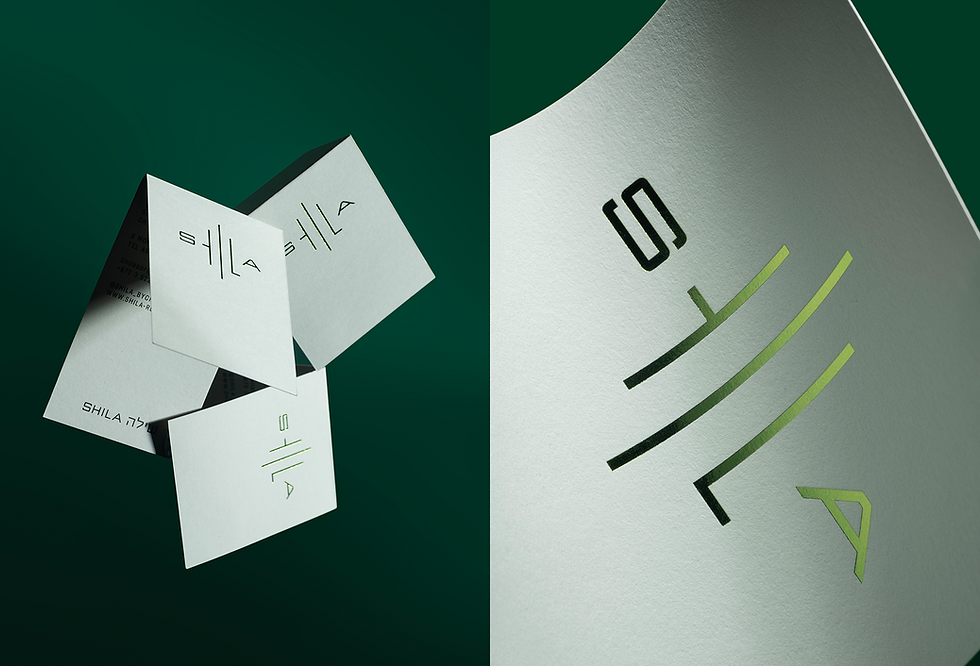- Nov 25, 2020
- 4 min read
As we enter the last quarter of 2020, the air feels new. It might be too early for optimism when it comes to the pandemic, but the US elections have proved that change is possible. Slowly, as we make our way towards the end of this turbulent year, we might see the light at the end of the tunnel.
This month's edition of Present Progressive covers the effects of the American presidential election; the shift toward more conscious digital consumption; innovative ways in which the circular economy is making a difference; and new approaches for living in a world where the outside is not as accessible as before.
Aesthetics / Occasion
The American Election
As the American election drew to its end, the month of October saw all media, social channels, and public voices dedicated to political efforts and their representation. Whether it was by a call to vote, raising awareness, or campaigning, you couldn't avoid the American flag's colors all over images and in graphic elements. As expected, there was extensive use of protest aesthetics such as signs, stickers, and infographics.
Fashion magazine V published an election-themed issue, with a cover photo shoot portraying twelve celebrities with their iconic 'V' spelling out 'Vote' in blue. All over social media, illustrated posts and Instagram stickers called for American citizens to use their voices and celebrate democracy and diversity. This is a related development and natural progression of the graphic activism trend we covered in previous editions.
Beauty brand 'Starface' released a limited edition 'vote stars' acne patch, which sold out quickly. And in the digital realm, an augmented reality campaign was released in the form of an app, allowing people to scan trump support signs and discover stats, facts, and policies hidden from the public.
Behavior
Considered Digital Consumption
Following the release of the hit Netflix documentary "The Social Dilemma," social media, data collection by digital giants, and addictive internet behavior are all under scrutiny.
On a personal level, both the digital industry and individuals are reexamining their relationships with the digital world and social apps and advocating for raised awareness for a more responsible, conscious online world.
Firefox, owned by non-profit organization Mozilla, released the Unfck the Internet campaign, calling on internet users to reclaim control of their online lives, share tips on fighting big tech companies, and encourage the use of their browser, which does not collect or track data.
The campaign included an online pledge, used by Instagram users to post a photo with a pledged palm, asking followers to download the Firefox browser to fight the way personal data is used online.
This is yet another form of the digital activism trend and, in many ways, the epitome of it — using digital platforms to fight digital media.
Industry / behavior
The Circular Economy Era
Circular economy, both in theory and in practice, makes its way through most industries. The idea of reusing and repurposing is as prevalent as ever, trickling down and impacting much more than just the fashion or food markets. This month, we're taking note of a new book, "Wasted: When Trash Becomes Treasure" which features various design projects, from interior to product design realms. Highlights include chair upcycling, furniture collections made from shell waste, and rugs made from used Adidas footwear.
More examples this month are the launch of Kib, a tea company using circular growing for its herbal seeds, and a new Circular Economy Bank, Diem, that allows users to turn their possessions into instant cash while supporting the reuse and reselling of items.
Behavior
Indoors <-> Outdoors
As the pandemic and its effects are far from being over, the world continues to adapt and find new ways of coping with the various ways in which our lives have changed. This month we see a focus on both inner and outer spaces: the indoors, specifically - offices and study rooms, are making their way outside, while nature finds its way inside.
In Japan, national parks offer alternative remote work and leisure solutions, planning to rent out large tents, portable power stations, and Wi-Fi at camping grounds to enable the public to stay in nature while offering office facilities.
'A Place Beyond' is an American initiative that transforms sites usually occupied by summer camps into learning communities. Students stay enrolled in their schools and study in "bubbles" as a community, maintaining a learning schedule in an outdoor setting while getting academic and emotional support.
Microsoft teams introduced a new feature in their app, recreating the mind space we used to have during our commute. Users are offered dedicated tools to either prepare for the workday ahead or reflect upon it at its end, incorporating the benefits of a time we used to spend outdoors into our digital space.
In the opposite direction, the outdoors are finding their way to our homes and screens.
Window Swap is a site that shows views from user-submitted windows all over the world. Take me elsewhere showcases a similar idea, allowing site visitors to click a button and be taken elsewhere in the world for a change of scenery. At the same time, Drive & Listen offers a simulated driving experience in different cities globally, down to the ability to listen to their local radio stations.



